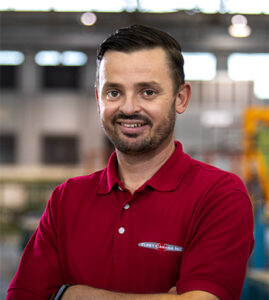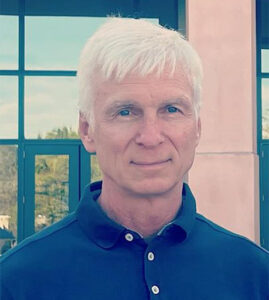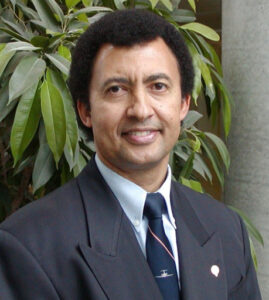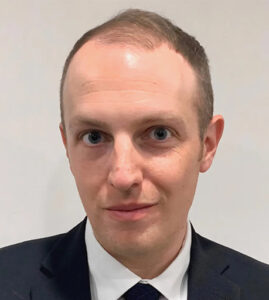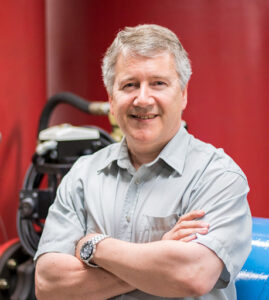
Image provided by: The National Film Board of Canada (1965)
Noxon Leavitt was born in 1921 and started his career as a machinist for the Bata shoe group’s engineering arm in the 1940s, and then worked for a company that made record players and radios before joining Westinghouse in 1953 as a senior engineer. In 1960, he was manager of advanced engineering in the electronics division of Westinghouse when he came up with the idea of the gyrostabilized camera mount “It was so successful … we were convinced we had something novel.” Leavitt made one his first presentations to the National Film Board in 1965 to highlighting how the camera system could be mounted on a 35 ft telescoping pole or fly at up to 600 feet on the Periscopter helicopter.
When the military cut off funding in 1967, Leavitt recognized that he would have to play a direct role in the marketing of the system because he was the only one in the company that understood the system.
Numerous trips to Washington knocking on the doors of various U.S. military departments which was a tremendous learning department and led to new export sales. When Westinghouse lost interest in the camera mount, Leavitt mortgaged his house and on March 1, 1974, bought the commercial rights to further develop and sell the camera stabilization system. Over the years, the system was refined to make it more compact and versatile and Istec established a global rental network which expanded use.
In 1990, Leavitt shared the top engineering Oscar in scientific and technical awards announced by the Academy of Motion Picture Arts and Sciences and by the mid-1990s the Westcam had become an integral part of TV productions of sporting events from the New York Marathon to the America’s Cup yacht race and the Olympics.
